These websites use Google Street View to drop you into far-flung corners of the world
Google Street View has inspired many an innovative project: mapping air pollution, traveling through time, and even experiencing life from the perspective of a cat. But it’s still the program’s simplest feature—its straightforward documentation of cities and landscapes—that yields the purest enjoyment.
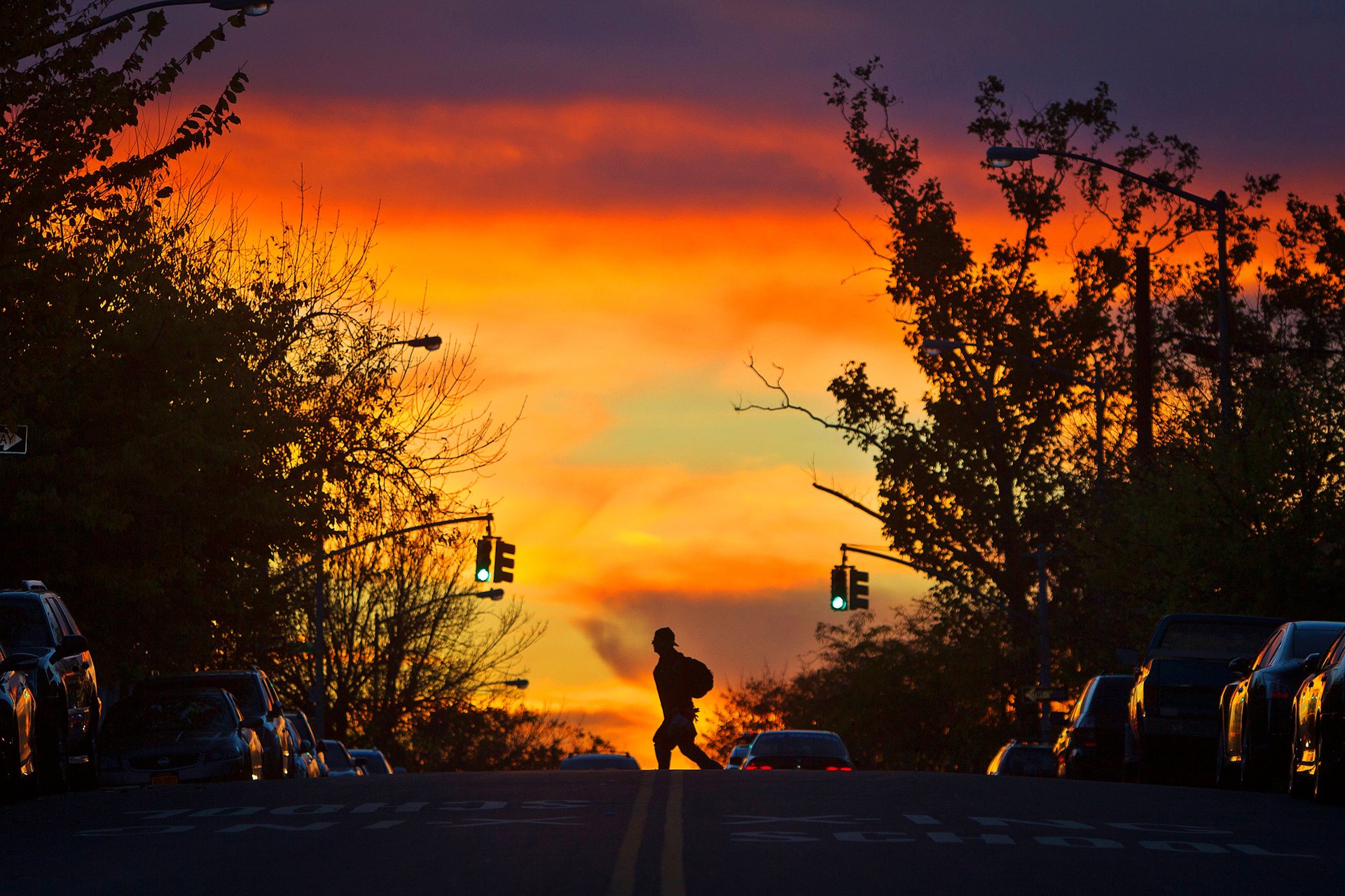

Google Street View has inspired many an innovative project: mapping air pollution, traveling through time, and even experiencing life from the perspective of a cat. But it’s still the program’s simplest feature—its straightforward documentation of cities and landscapes—that yields the purest enjoyment.
And there’s a way to use the tool to explore the world, all from the comfort of your desk. Just take your pick of all the location-randomizing websites pulling data from Google Street View, which will teleport you to an Australian park, allow you to peer down an alleyway in a rural Russian village, and then explore a tree-lined suburb in West Virginia, all in the span of a few seconds.
Here’s a coastline in Ecuador:
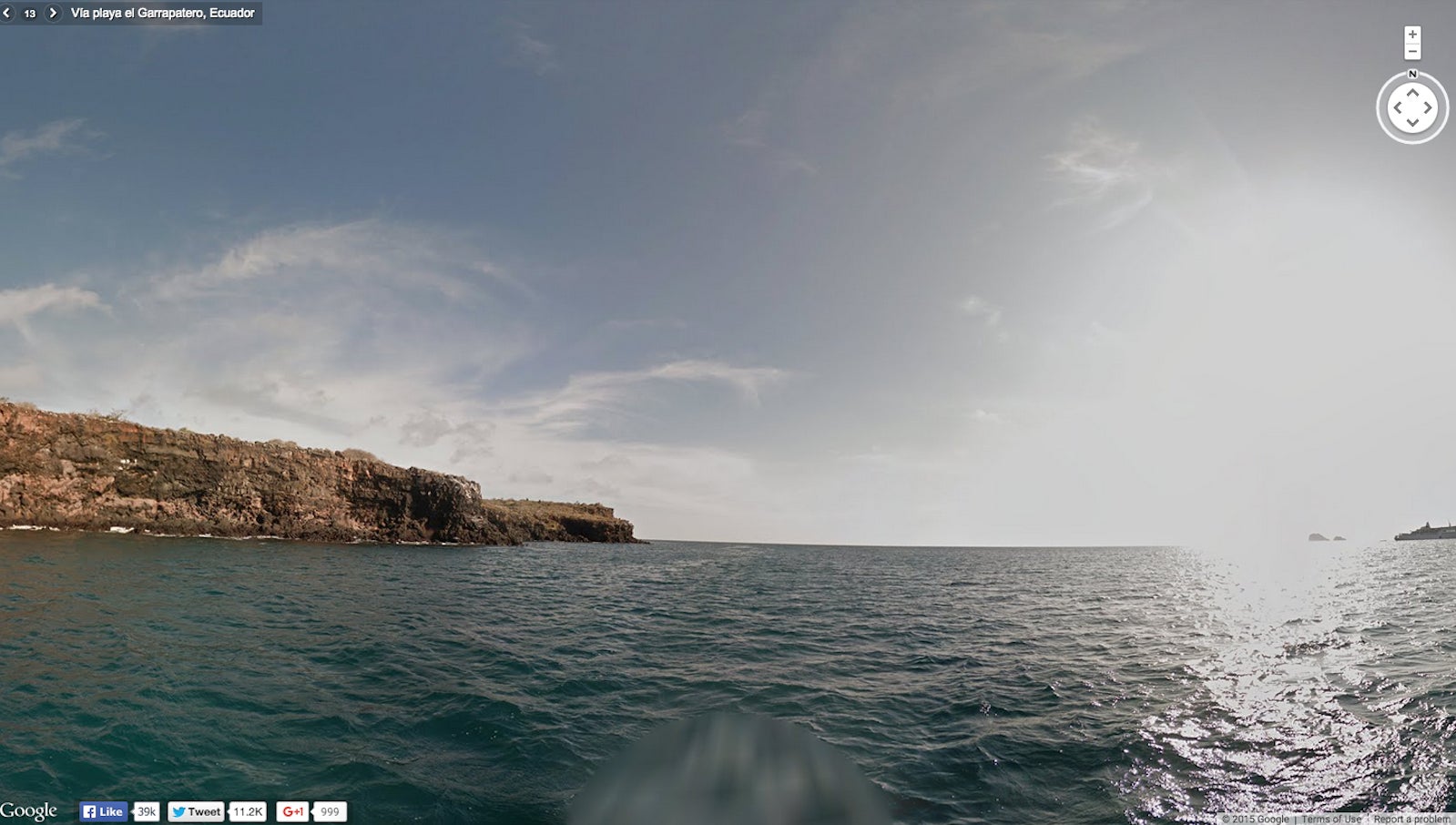
A road in Mohlarekoma, South Africa:
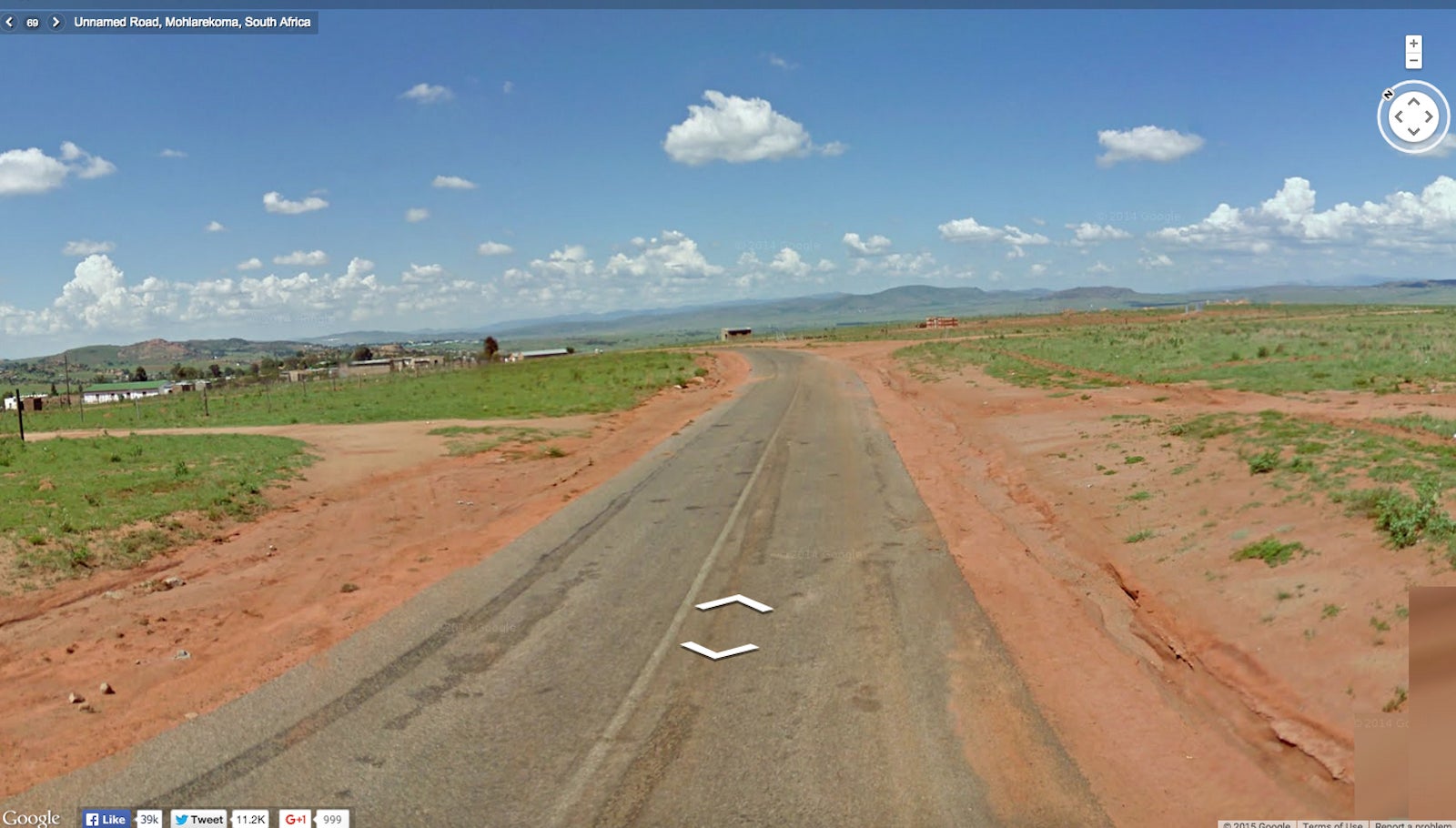
A tidy residential area in Frederiksberg, Denmark:
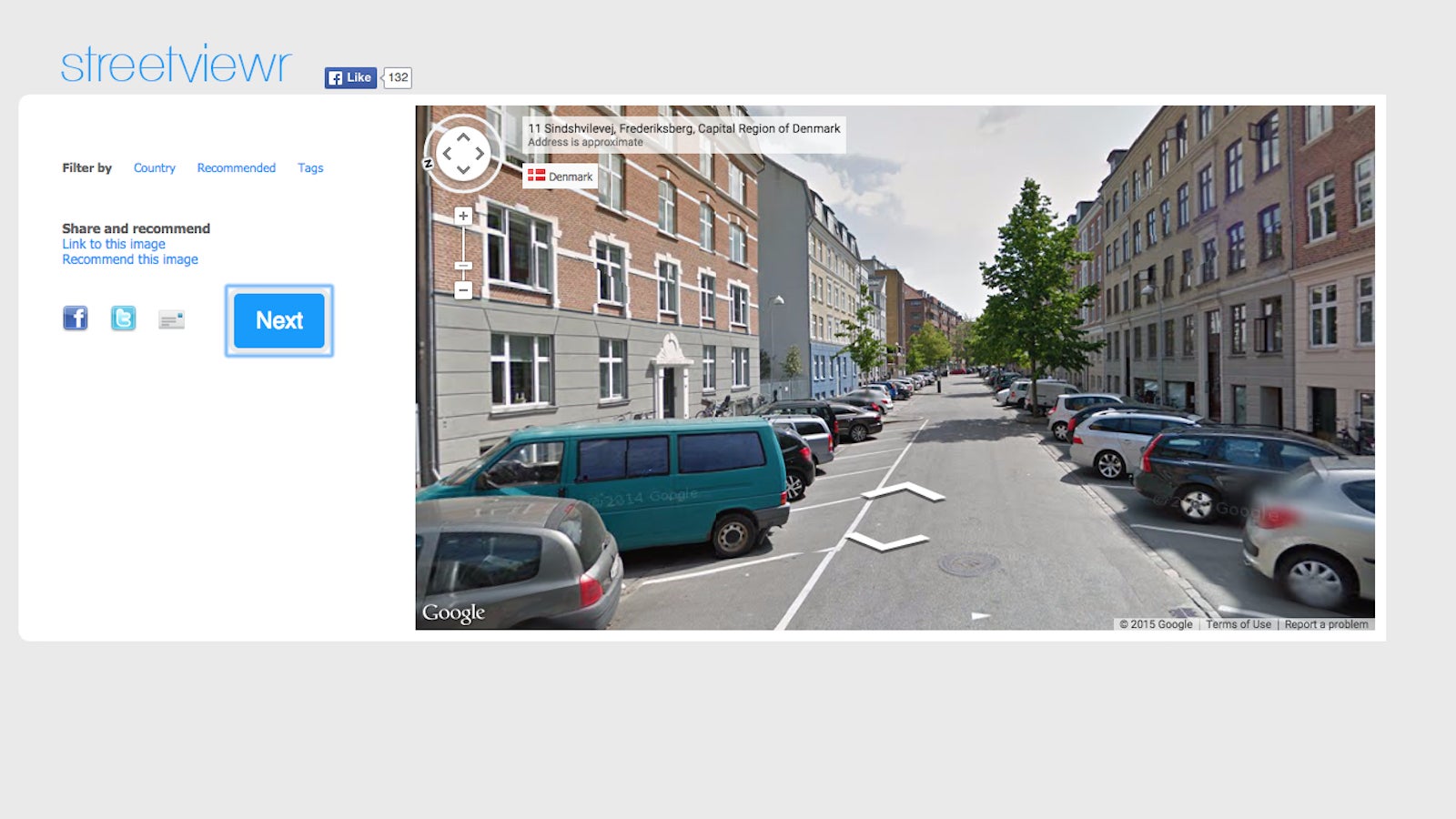
And a frozen wonderland in Gullesfjord, Norway:
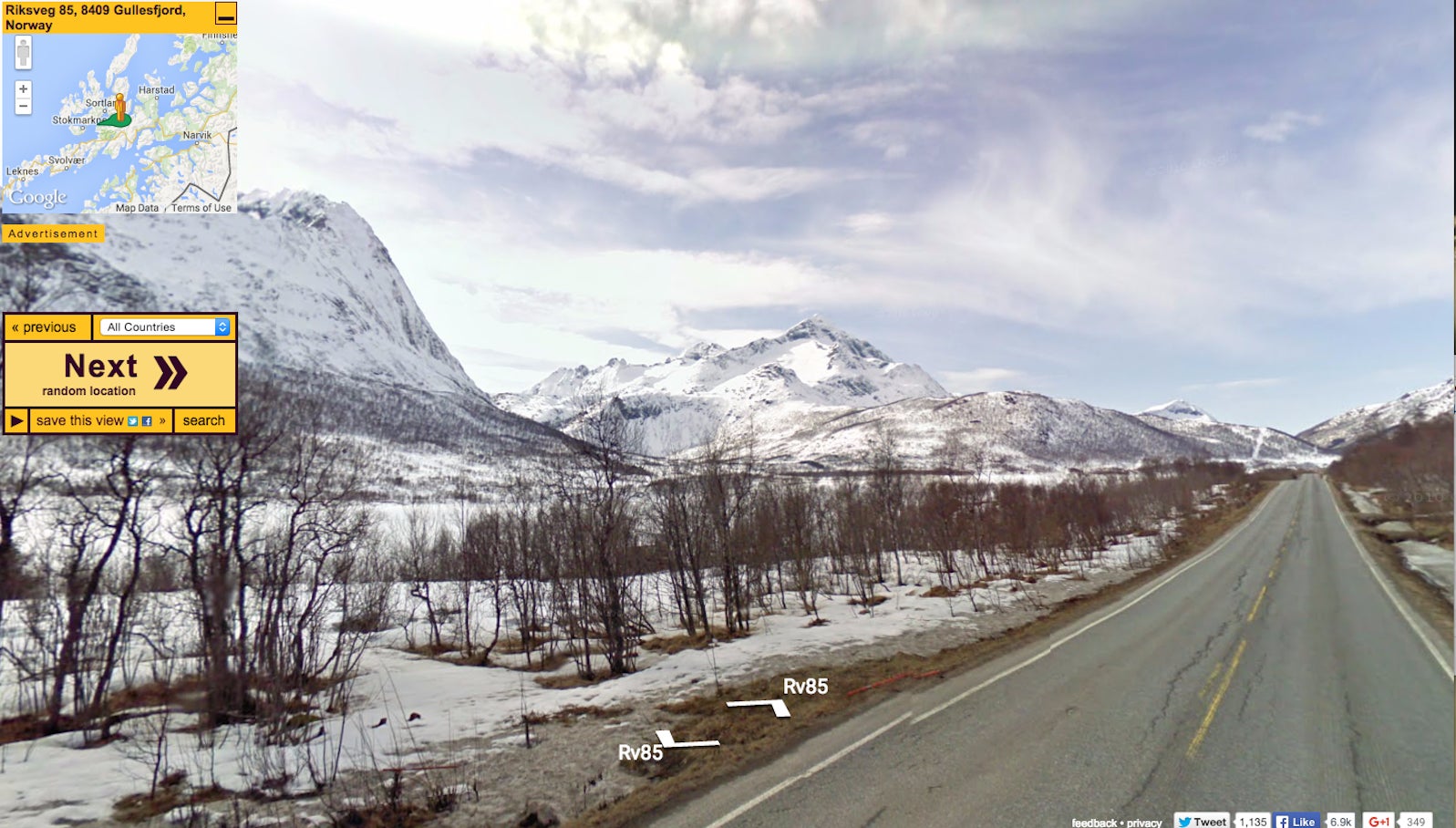
It’s not a bad way to spend your lunch hour, if you can’t take the time to go for a walk outside. Of course nature experienced in real life is known to be beneficial to personal health, but some studies have shown that the virtual experience of it can be almost as nourishing when the real thing isn’t immediately available.
Research shows that digital exposure to natural sounds and landscapes helps with stress recovery and alleviates the unpleasantness of some experiences. Quite simply, we’re happier when gazing at water, forests, or grassy fields—IRL, but also on screens.
The beauty of randomizing sites like MapCrunch and Random Street View is that they don’t just offer static images—if you like a particular view, you can actually click to travel up and down its path. It’s the perfect mood-lifter: take a stroll down a majestic white sand beach while waiting for the train, or poke around some quaint London neighborhood during down time at work. And if a view doesn’t strike you as interesting, flip to another one with one click. For the more goal-oriented among us, there’s even a way to turn your rambles around the world into a game.